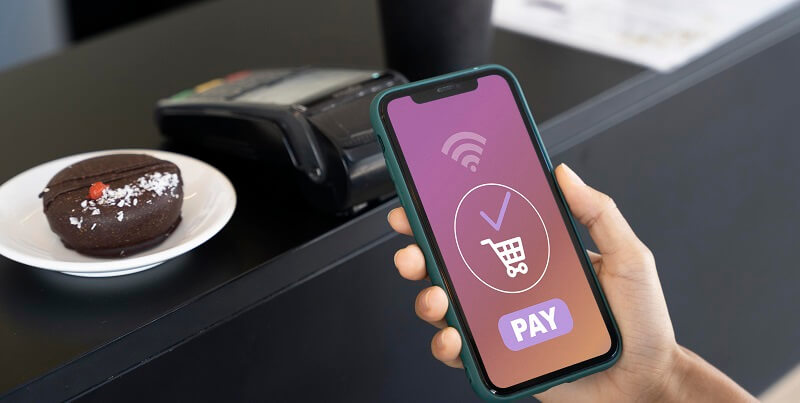Peer-to-peer payment systems have revolutionized the way we transfer money, making it quick and convenient. Cash App and Venmo are two popular platforms that offer seamless money transfers between individuals. In this article, we will delve into the intricacies of both services, comparing their fees, transfer times, international money transfer capabilities, investing options, and personal tax reporting functionalities.
Account Opening and Fees
When it comes to getting started, Cash App and Venmo make it easy. Both apps are free to download and use, with no charges for account opening or ongoing fees. You can easily set up an account and begin transferring money without any hassle.
ATM Withdrawal Fees
If you prefer to access your funds through an ATM, it’s important to consider the associated fees. Cash App charges $2.00 for each ATM withdrawal made using its debit card. However, it’s worth noting that certain qualified users are exempt from these costs. On the other hand, Venmo charges a slightly higher fee of $2.50 for ATM withdrawals made using its debit card.
Credit Card Fees
While connecting your payment card information is possible with both Cash App and Venmo, fees may apply when using associated credit cards. Cash App imposes a 3% fee on credit card transfers which can add up if you frequently use this payment method. Similarly, Venmo also charges a 3% fee for credit card transfers. When it comes to transferring money between your account and a linked bank account, both Cash App and Venmo offer fairly similar standard transfer times. On average, these transfers take one to three days to complete, ensuring your funds reach the intended recipient in a reasonable timeframe.
Convenience Fees
If time is of the essence, you may opt for quick transfers. However, it’s important to note that convenience comes at a price. Both Cash App and Venmo charge a fee for these expedited transactions, allowing you to transfer money swiftly, albeit with a small additional cost.
Peer-to-Peer Payment Services
Both Cash App and Venmo provide users with comparable services for sending and receiving money among peers. Whether you need to split a dinner bill or reimburse a friend, these platforms offer seamless payment options, ensuring convenient money transfers without the need for cash or checks.
International Money Transfers
Cash App takes the lead in international money transfers, as it allows free transfers between the United States and the United Kingdom. Users can take advantage of the true mid-market exchange rate without incurring any additional fees. Unfortunately, no information is provided regarding Venmo’s international money transfer capabilities, highlighting Cash App’s advantage in this regard. For those looking to invest, Cash App has an edge over Venmo. Cash App offers commission-free stock purchases, allowing users to explore investment opportunities and grow their wealth. On the other hand, Venmo does not currently support investing, limiting its functionality to money transfers.
Personal Tax Reporting
When it comes to personal tax reporting, Cash App stands out. The app handles personal tax filings and refunds, simplifying the sometimes complex process of reporting income and expenses. However, Venmo does not offer such capabilities, making it less suitable for personal tax reporting purposes.
Cash App and Venmo offer convenient and user-friendly platforms for peer-to-peer money transfers. Understanding the fees, transfer times, international capabilities, investing options, and personal tax reporting functionalities is crucial to making an informed decision on which app best suits your needs. Consider the features that align with your financial requirements and choose the platform that caters to your preferences. Whether you prioritize low fees, quick transfers, international money transfers, investing, or personal tax reporting, there is a solution for everyone within the realm of Cash App and Venmo.

